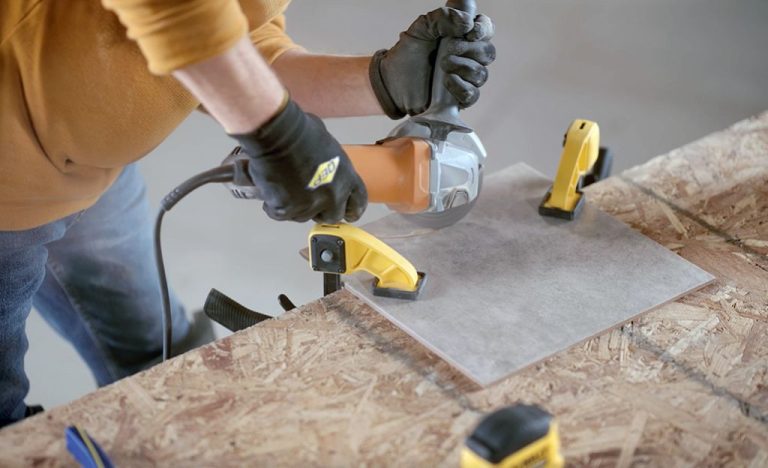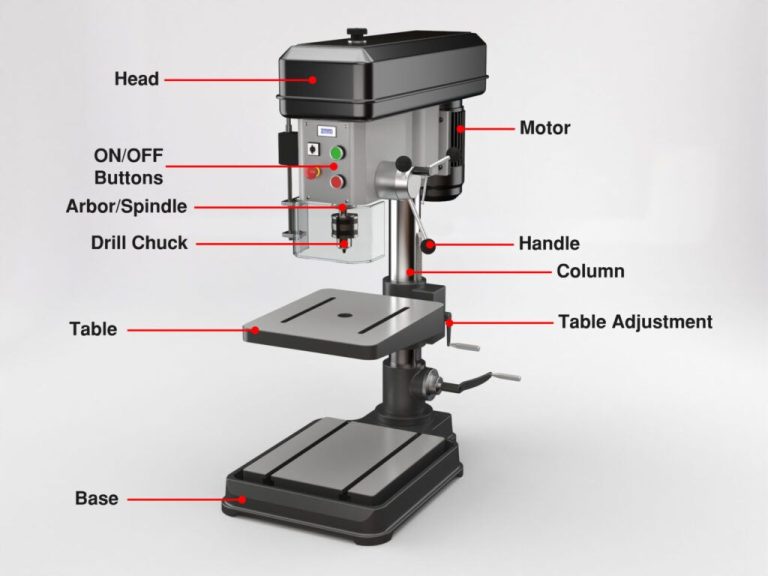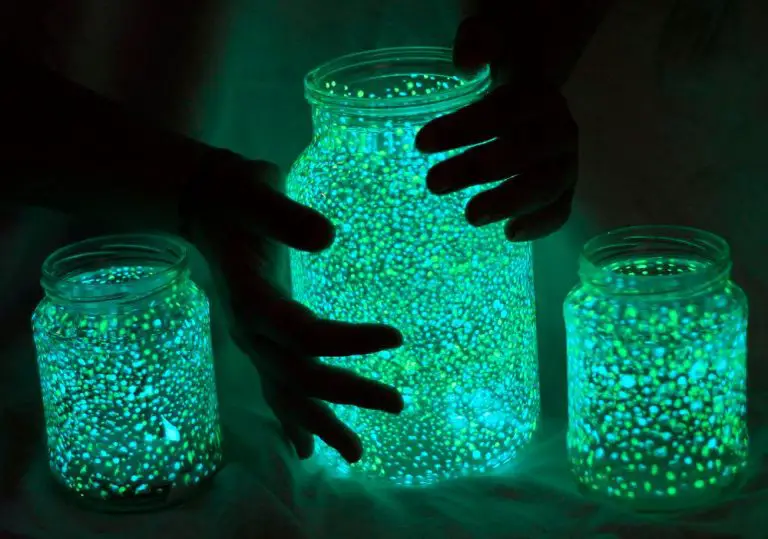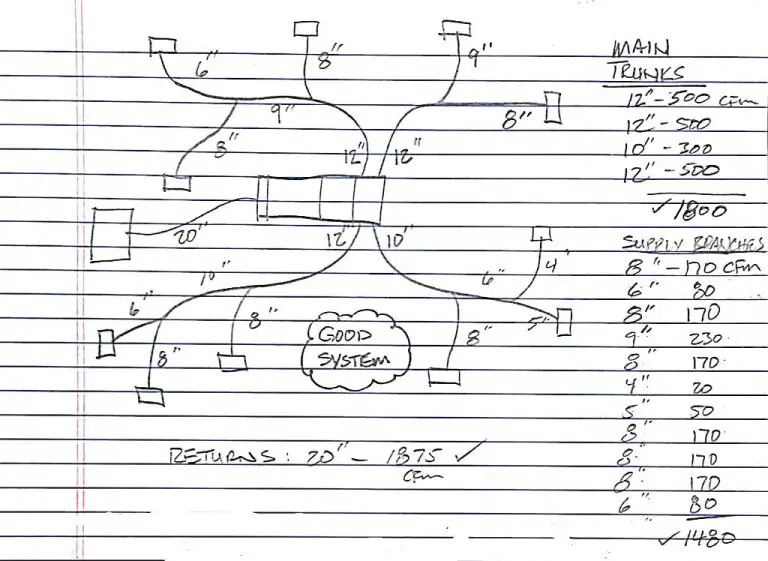Can I Make Clay From The Dirt In My Backyard?
What is Clay?
Clay is a type of fine-grained natural soil material made up of tiny mineral particles like silica, alumina, and iron oxides. The size of the particles, typically less than 0.002 mm in diameter, gives clay unique properties compared to other soils.
Clay’s composition allows it to be molded when wet, while retaining its shape when dried or fired. This makes clay ideal for pottery, ceramics, and sculpture. The molecular structure of clay particles causes them to bond very tightly together when compacted, making clay watertight and able to hold its shape.
Some key properties of clay include:
- Plasticity – Clay can be molded when wet and retains its shape when dried.
- Cohesiveness – Clay particles stick together tightly, giving clay strength and durability.
- Absorbency – Clay can absorb large amounts of water, making it malleable.
- Adhesiveness – Clay sticks to other materials, allowing joins and seals.
- Firing – When fired at high temperatures, clay undergoes permanent physical and chemical changes, becoming ceramic.
Understanding the composition and properties of clay is key to evaluating, collecting, and working with clay for projects and art.
Evaluating Your Dirt
Before collecting dirt to make clay, it’s important to test your backyard soil to see if it contains enough clay. Clay particles are super fine and flat which allows them to be molded when wet. Here’s how to check the clay composition:
Look at the composition – Clay dirt is smooth and silky. Take a handful of moist soil and rub it between your fingers. Clay is slick and sticky when wet. Sandy or rocky soil won’t have these traits.
Do a ribbon test – Take a palm sized ball of moist soil and roll it into a cigar shape. Gently squeeze the soil between your thumb and forefinger, pressing out to form a ribbon. Clay can be rolled into a ribbon 1/4 inch or thinner without breaking apart. Sandy soil won’t ribbon for long.
Test your soil in a few areas to determine the highest clay content. Areas that hold water after rain likely contain more clay. If your samples can form thin ribbons without crumbling, you have clay suitable for projects.
Collecting the Clay
Clay is found in good quantities under topsoil, usually within the first 3 feet of the earth’s surface. The best places to dig for clay are near streams or places where water collects. Look for patches of soil that appear dense and tightly packed compared to surrounding areas.
Use a shovel, hoe or trowel to dig down, removing layers of topsoil until you reach the subsoil layer where clay resides. This can range from just 6 inches to a couple feet below the surface. Test samples as you dig down to determine when you’ve hit a clay-rich layer.
It’s best to dig for clay in the hot summer months when the ground has thoroughly dried out. Extract chunks or scoops of subsoil a few inches across and several inches deep to test. During wet seasons, clay can be slippery and muddy which makes it more difficult to dig up and handle.
Processing the Clay
Once you’ve collected your clay, it will likely contain rocks, roots, grass and other organic material. These are known as “impurities” and they need to be removed to improve the quality of the clay. Here are some suggested methods for processing your locally sourced clay:
Removing impurities
Start by breaking up large clumps of clay and placing the clay in a bucket of water. This will dissolve most of the clay while allowing heavier particles like rocks and roots to sink to the bottom. Carefully pour off the clay-water mixture through some cheesecloth or fine mesh screen. You can repeat this process several times until most impurities have been removed.
Soaking the clay
Next, allow the screened clay to soak in water overnight or up to several days. This gives the clay time to absorb water molecules which opens up the clay structure. Make sure to replace the water each day to help draw out any remaining particles.
Wedging the clay
Before using your locally sourced clay for pottery or sculpture, it’s important to thoroughly mix it to achieve an even moisture consistency. This process is called “wedging” and it aligns the clay particles while removing air pockets. Cut the soaked clay into smaller balls. On a clean flat surface, push down on each section while turning it to achieve a circular motion. Work methodically until the clay feels smooth, uniform and free of air bubbles. Your clay is now wedged and ready for handbuilding or throwing on the wheel!
Testing the Clay
Before committing to large projects, it’s important to test the clay you collected and processed. Here are some key ways to test your homemade clay:
Do Test Pieces
Sculpt a few small test pieces, about 1-2 inches, using a variety of techniques that you’ll actually use for your projects. Let the pieces air dry, then bisque fire them. Make notes on:
- How well the clay holds detail and shape during sculpting
- If it dried and fired without cracking or warping
- How absorbent or porous the clay is in bisque form
- The color changes, if any, during firing
Test Firing/Glazing
Select a few test pieces and apply different glazes and paints to try out. Fire each test piece according to the instructions for the paint/glaze. Note how the pieces look after firing – did the glaze melt and spread properly? Did the paint adhere well and maintain colors?
Troubleshooting Issues
If you notice cracking, crumbling, bubbling, or paint not adhering properly during the test process, try adjusting the clay recipe, firing temperature/speed, or paints/glazes used until you achieve better results.
Storing the Clay
Once your clay has been harvested and processed, proper storage is key to keeping it workable for future projects. Plastic wrap and airtight containers are the best methods for storing clay to prevent it from drying out over time.
First, wrap the kneaded clay tightly in a few layers of plastic wrap, squeezing out any air pockets. You want the clay to be airtight so moisture doesn’t escape. Plastic wrap works great as a sealant and is inexpensive and easy to use.
Next, place the wrapped clay inside an airtight plastic container with a lid, like a food storage container or bucket with a tight-fitting lid. This adds another protective barrier against air and moisture loss from the clay.
Check on your stored clay periodically. Rewrap in fresh plastic wrap if necessary to keep the clay soft and supple. Soft, workable clay is important so you can easily shape and mold future clay projects. Stored properly, homemade clay can remain usable for several months.
Projects to Try
There are many fun, simple clay projects you can do with home-processed clay. Here are a few to try:
Coil Projects
Clay coils are long, rope-like pieces of clay that can be used to build all kinds of objects. Try making a clay bowl, vase, or sculpture from coils. Simply roll pieces of clay into long coils, then stack or attach the coils to build upwards. Smooth the coils together for a seamless look.
Slab Projects
Clay slabs are flat pieces that can be cut into shapes or joined together. Roll out slabs of uniform thickness, cut shapes like squares or triangles, then assemble them into boxes, picture frames, tiles, and more. Cut texture or designs into slabs before constructing projects.
Sculptures
Sculpt things like animals, imaginary creatures, abstract art, faces, and anything else you can imagine. Use coils, slabs and solid clay pieces to sculpt 3D works of art. Let dry, fire, and paint as desired.
Firing Clay
Firing clay transforms the clay and changes its physical and chemical properties. Clay that is dry and unfired is referred to as greenware. The firing process hardens the clay by bonding silica atoms together through heat and removes any moisture remaining in the clay.
Home Kilns
Small electric kilns designed for home use provide the most convenient and controlled way to fire clay at home. These kilns allow firing at a variety of temperatures depending on the type of clay and glazes used. Look for a kiln with programs and controllers that maintain an even temperature throughout the firing process.
Pit Firing
Pit firing involves placing the clay pieces in a shallow pit dug in the ground and building a wood fire over them. This more primitive firing method provides less control over the maximum temperature and cooling rate but can achieve interesting results.
Risks
Be aware that firing clay always involves risks, especially with pit firing. Have proper ventilation, carefully monitor fires, avoid breathing smoke and ashes which may contain toxic metals or silica dust, and prevent access to curious children or pets.
Glazing and Decorating
After firing your homemade clay, it’s fun to add color and design to the finished pieces. There are many options for glazing and decorating.
Glazes
Glazes provide a hard, glassy coating over the clay that can have a variety of colors and effects. Most glazes require high firing temps between 1900 – 2350°F. Here are some glaze recipe ideas to try with homemade clay:
- Ash Glaze: Mix 2 cups wood ash, 1 cup clay, and 1/2 cup kaolin. Add water and stir to a smooth consistency. Brush onto bisqueware and fire.
- Sea Salt Glaze: While firing your pieces, add a handful of sea salt into the kiln near the end of the firing. The natural sodium in the salt crystals interacts with the clay to create a glossy surface.
- Fruit Glazes: Purée high-pectin fruits like grapes and plums. Brush onto bisque and allow to dry thoroughly before high firing.
Natural Decoration
In addition to glazes, you can decorate with natural materials found in your backyard:
- Press leaves, grasses, or flower petals into the surface of wet, unfired clay pieces to create impressions.
- Use sticks, feathers, seashells or cookie cutters to carve patterns and textures.
- Apply terra sigillata – a very thin natural clay slip – to create a smooth canvas for burnishing with polished stones, enhancing the natural colors of clay.
Safety Tips
When making your own clay from backyard dirt, it’s important to keep safety in mind. Here are some key tips:
Avoid Contaminants
Make sure to collect dirt away from areas that could have chemical contamination like leaded paint, treated lumber, gasoline or chemical spills. These could leach into the clay and any artworks made from it.
Lead Testing
If collecting near an older home, consider getting a lead testing kit. Make sure lead levels are safe before using the clay for cookware or children’s projects.
Ventilation
When firing or glazing clay works, work outdoors or in a well-ventilated area. The chemicals released can be dangerous if ventilation is poor.





